Queen Elizabeth II: Tributes paid in Royal Borough of Greenwich
- Published
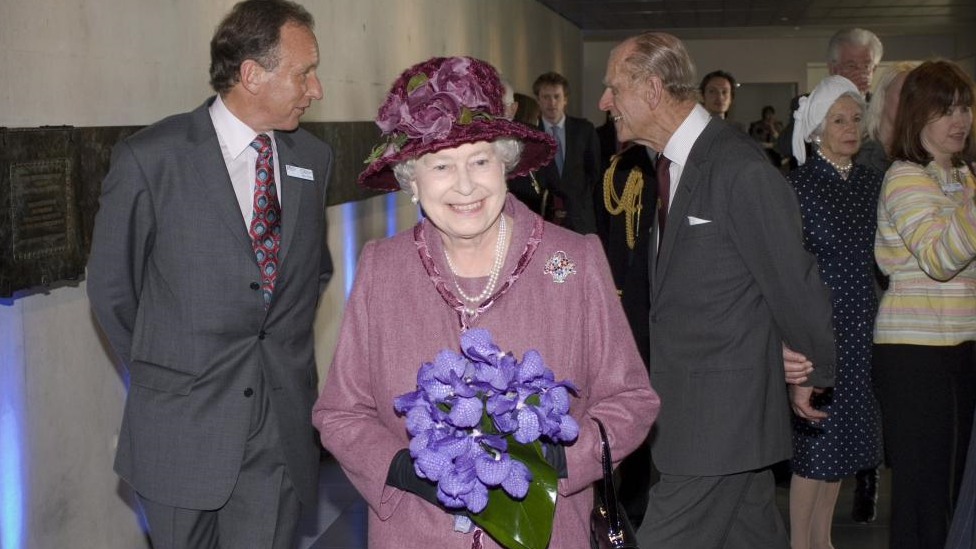
The Queen was a regular visitor to the borough throughout her reign and opened several attractions
The Royal Borough of Greenwich is one of many areas in London which has paid tribute to Queen Elizabeth II.
Flags have been flown at half-mast and Woolwich Town Hall has been lit up in purple to celebrate the life of the late monarch.
Greenwich became a royal borough in 2012, as part of the Queen's Diamond Jubilee celebrations.
Council leader Anthony Okereke said the Queen's death on Thursday had left "a hole in our borough and our hearts".
The councillor added the Queen had been a "role model for those in public office".
Greenwich is one of three royal boroughs in London, alongside Kingston-upon-Thames and Kensington and Chelsea.
Three books of condolences have been left around the south-east London borough by the council to allow residents to pay their respects.
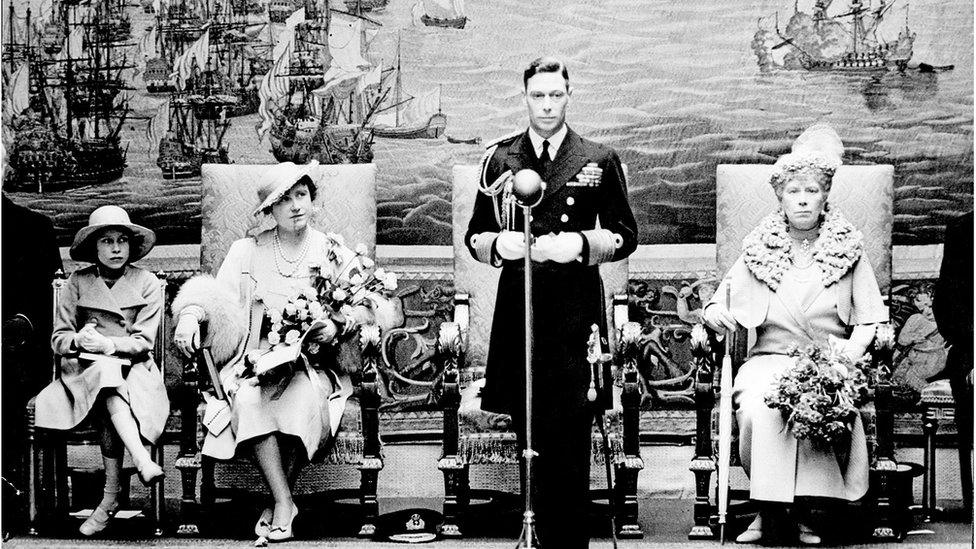
The Queen first attended Greenwich's museums as Princess Elizabeth in 1937 alongside her father King George VI
The Queen had close ties to Greenwich and was a regular visitor during her life, having officially opened a number of the borough's venues and attractions.
"Our relationship with the Royal Family has always been very important to this museum, and particularly the Queen," explained Paddy Rodgers, director of Royal Museums Greenwich.
"The museum was opened in 1937 and when it was opened by the then-King, she (Queen Elizabeth II) attended as a young girl."
In 2012 she and the Duke of Edinburgh reopened the Cutty Sark after it was partly destroyed by fire, while she has also paid visits to the Queen's House, the Royal Observatory and the National Maritime Museum.
"She's been a regular visitor here as different aspects of our collection or different buildings have been opened to the public," Mr Rodgers said.
"She's been an ever-present figure"
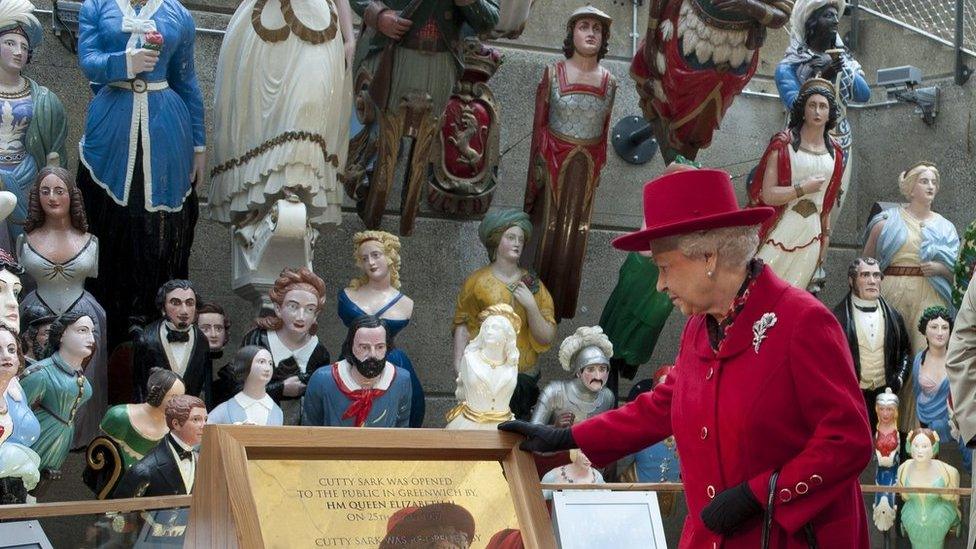
The Queen reopened the Cutty Sark in Greenwich in 2012
The director added that Greenwich's role in the British Empire and the subsequent creation of the Commonwealth had also played an important part in the Queen's relationship with the museums.
"The Queen was a great lover of the Commonwealth," he explained.
"The story of the Commonwealth is about the cultural and social heritage from the days of Britain's maritime empire.
"And that is what makes Britain what it is today, a very diverse, interesting and multi-lingual population - which is so well expressed in London.
"That is what our museum tells the story of."

Brenda Montague said she was "in shock" after finding out the Queen had died
Brenda Montague, who works for the museums, was present for two of the Queen's visits.
"I was very fortunate I was able to see her," said a tearful Ms Montague.
"She has played a big part in my life. When I was young, that was all that I knew: God save the Queen.
"She was a strong lady, a great role model, a people's person."
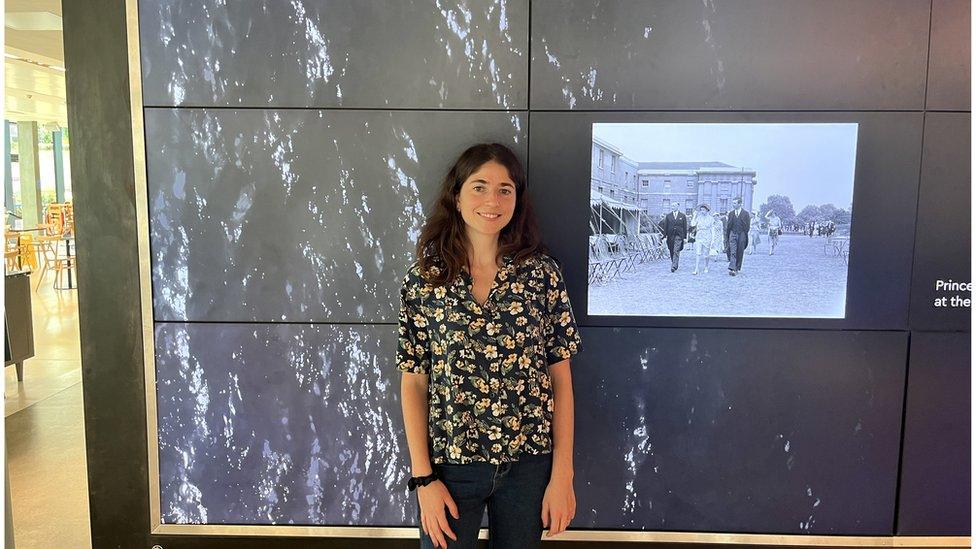
Pia Frigerio said that the Queen's influence expanded to countries as far as Chile
Pia Frigerio, a Chilean woman now living in London who was visiting the museum, said even though she was not from the UK, she considered the Queen to be a global figure.
"I felt very sad after the news even though I am not from this country," said Ms Frigerio.
"It feels a bit weird because she was Queen for 70 years.
"When I heard about her death it felt like she meant more than before."


Related topics
- Published19 September 2022
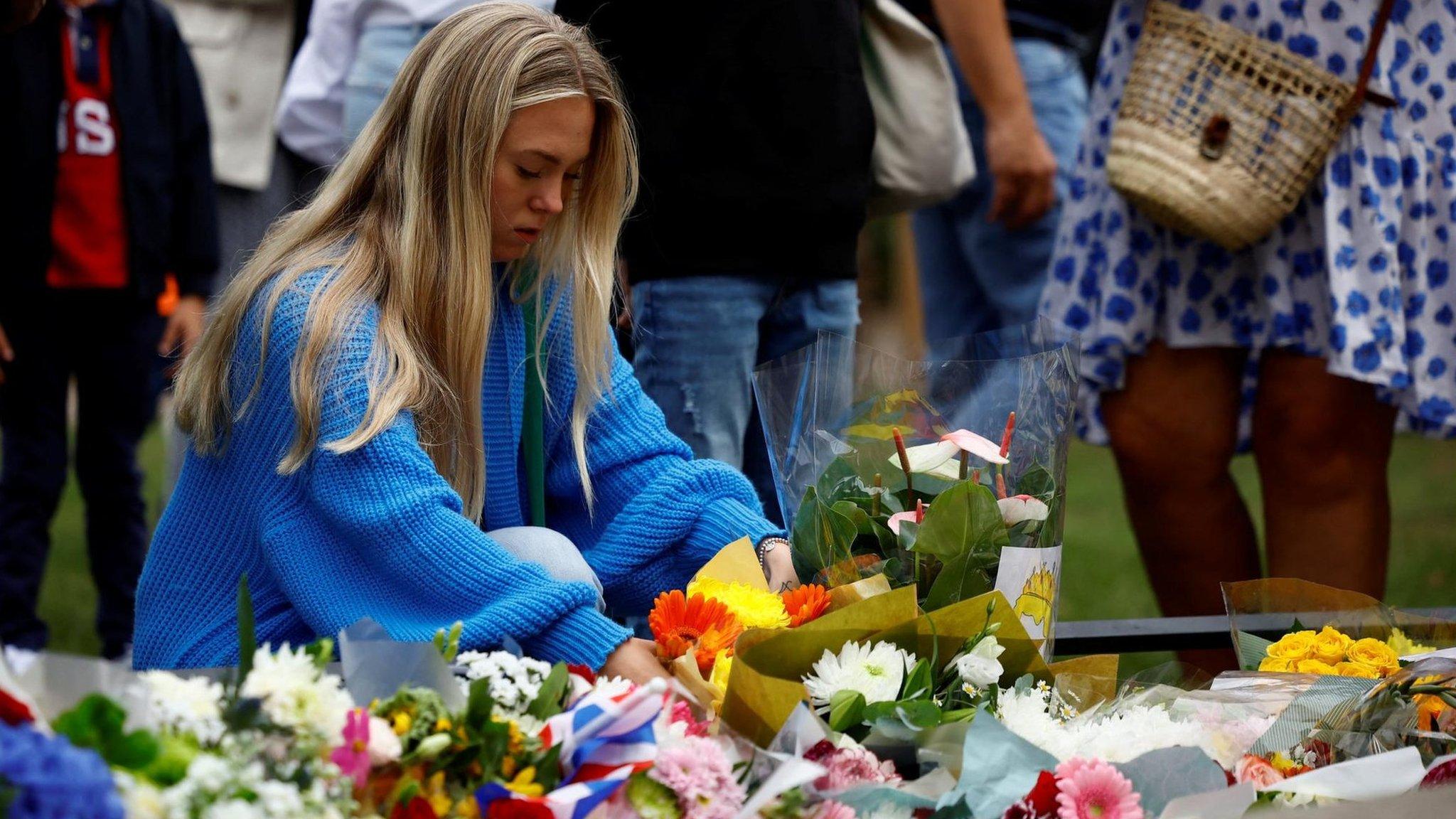
- Published8 September 2022
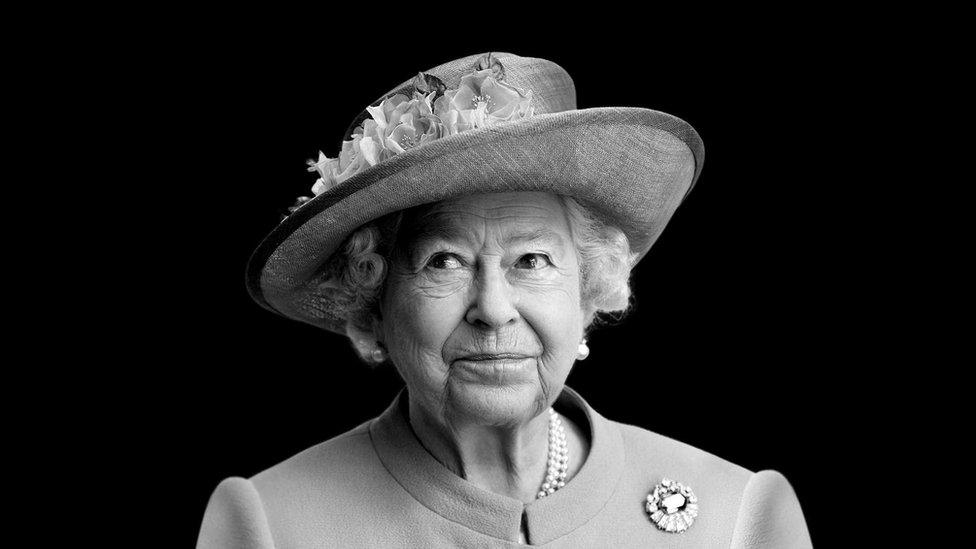
- Published12 September 2022
